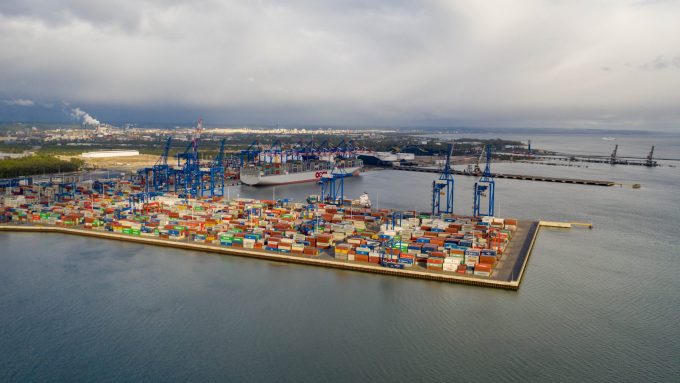Despite sourcing shifts, 'don't write-off China', says CMA CGM CCO
China cannot be written off completely from supply chains, despite tension with the US and ...

CMA CGM has announced that from 15 May it will transfer its remaining vessel calls at the Polish port of Gdynia to the Baltic Hub container terminal at Gdansk.
After 15 years as DCT Gdansk, the 2.7m teu capacity two-terminal facility was renamed Baltic Hub in October, and has a third terminal, T3, under construction to be completed by 2025, boosting annual capacity to some 4.5m teu.
CMA CGM claims the terminal change will “provide better accessibility to inland transport in Poland and ...
Volcanic disruption at Anchorage could hit transpacific airfreight operations
Macron calls for ‘suspension’ – CMA CGM's $20bn US investment in doubt
Forwarders stay cool as US 'liberation day' tariffs threaten 'global trade war'
Shippers snap up airfreight capacity to US ahead of tariff deadline
De minimis exemption on shipments from China to the US will end in May
Tighter EU import requirements proving 'a challenge' for forwarders
Looming Trump tariffs will create 'a bureaucratic monster' for Customs

Comment on this article